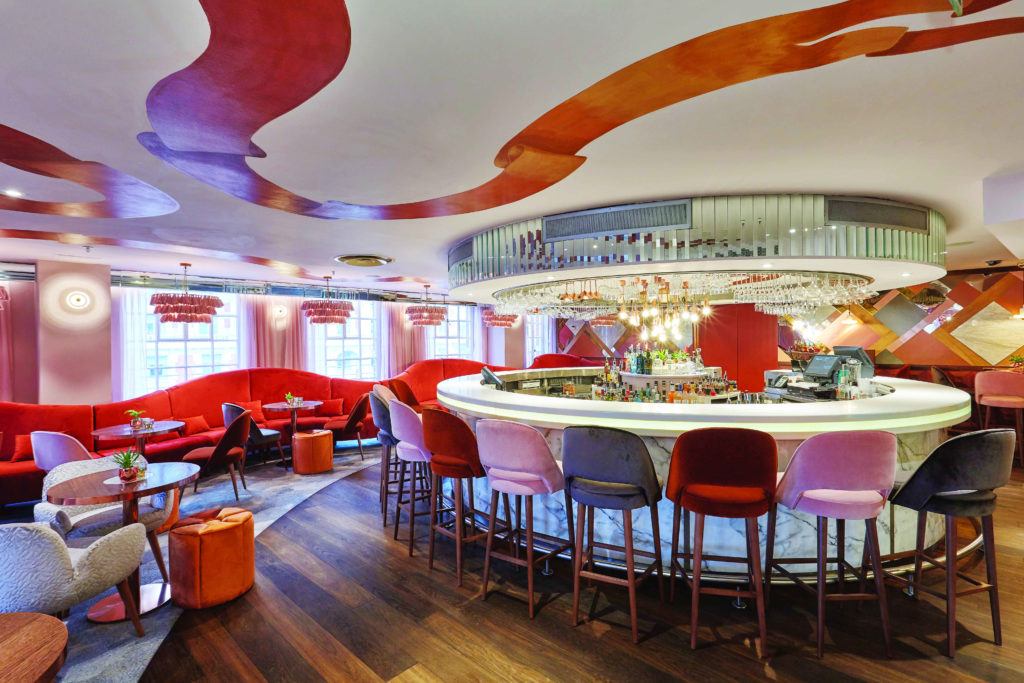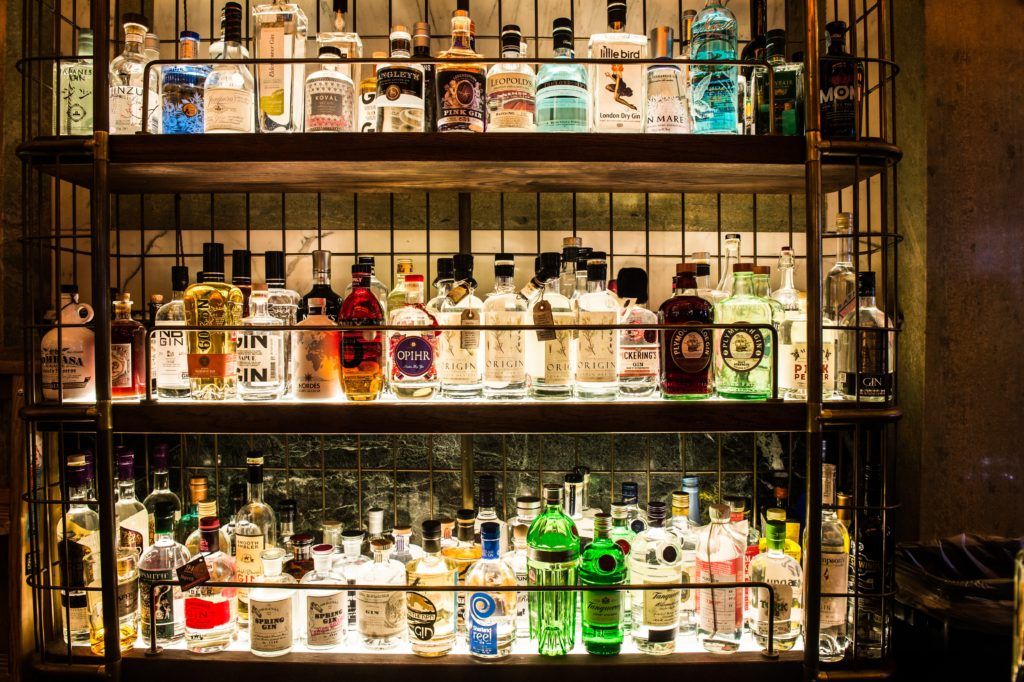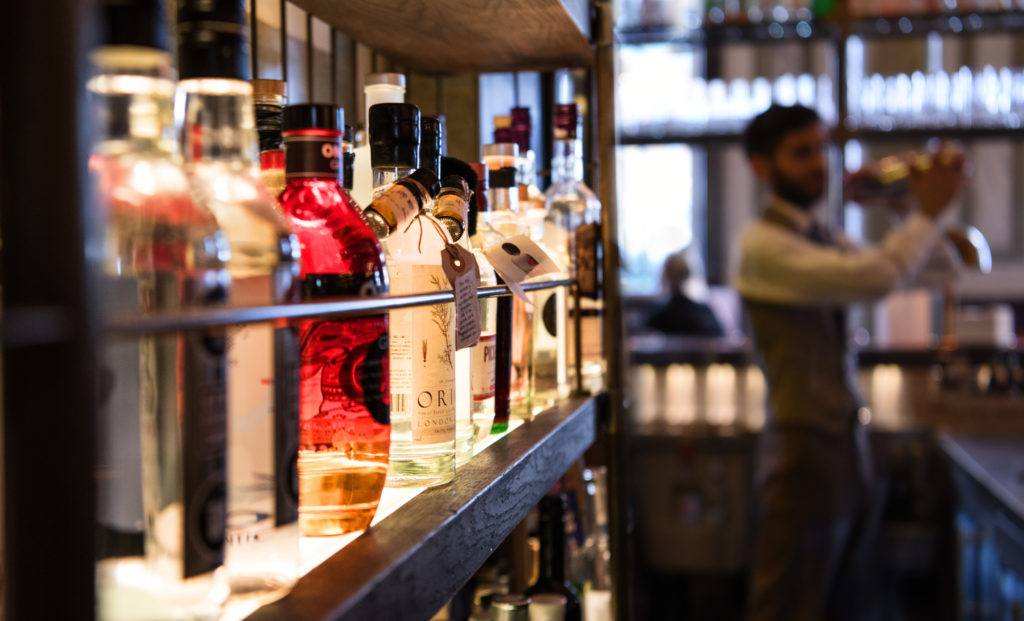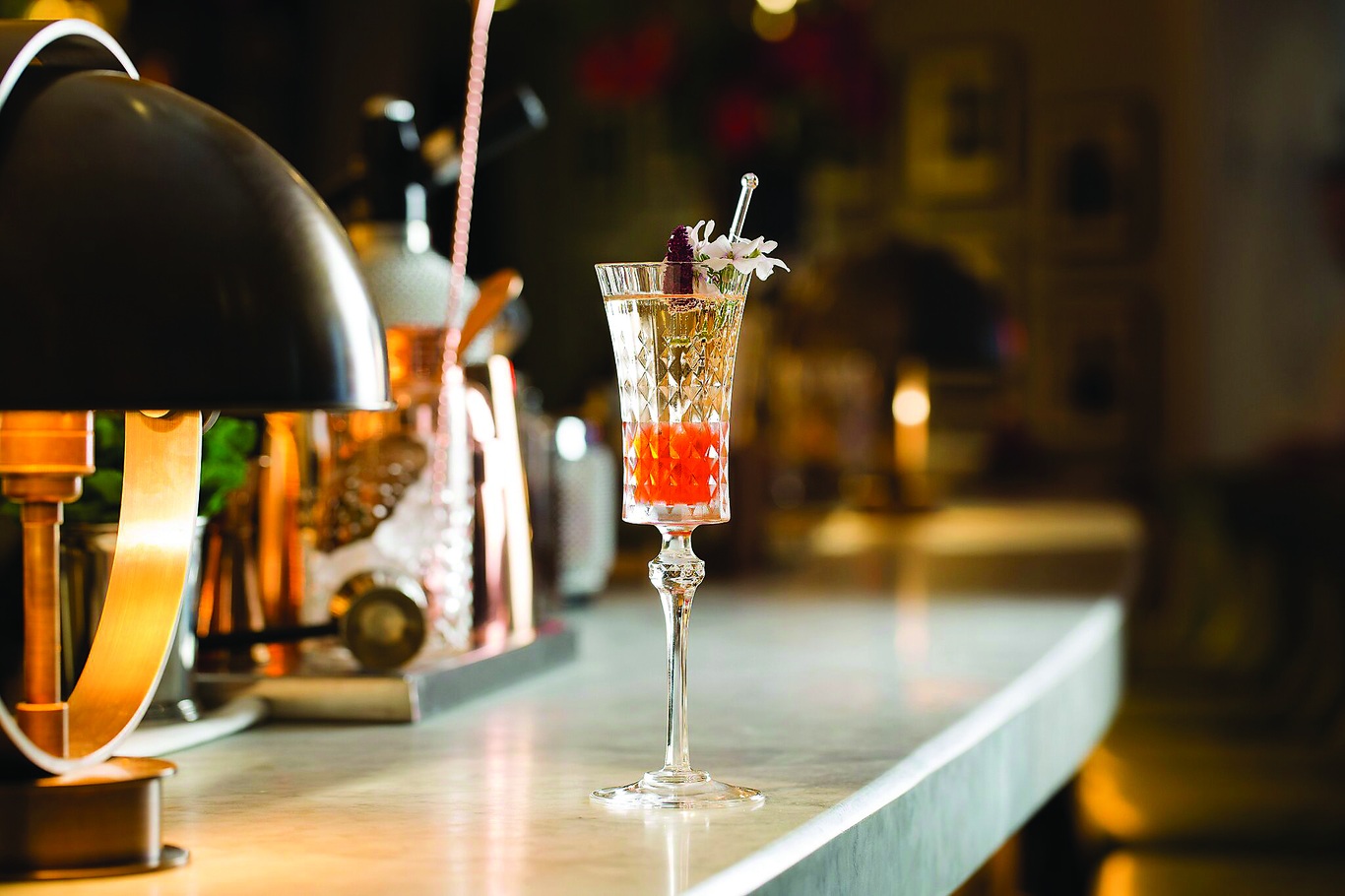Exactly where and how the cocktail started is somewhat of a mystery; there are plenty of myths and legends around. Some say the name came from the practice of docking a horse’s tail to show it was not a purebred. So, if you drank a cocktail, you were thought to be trying to raise yourself above your station in life. Another notion is that the ‘tails’ were the dregs of the barrel and the ‘cock’ was the spur used to pour them out to drink.
Regardless of whether either of these stories is true, there is a popular belief that the American cocktail is more than 200 years old, and that the martini, which author E. B. White called ‘the elixir of quietude’, has most definitely been around for more than 150 years. In fact, some of the best-known cocktails—the martini, the daiquiri, and the Manhattan—appeared between the 1860s and 1920, the year that Prohibition was introduced in America.
For the next thirteen years, bootlegged alcohol and illegal drinking went underground into speakeasies, and as a result, bartenders got more creative.

Meanwhile, as transatlantic travel became more popular in the late 19th and early 20th centuries, cocktails crossed the Pond. In response, many American bars opened up in London, with inspired bartenders serving these mixed or ‘American’ style drinks. Amongst the great names was The Savoy, who employed the first truly famous bartender in 1903. Ada ‘Coley’ Coleman, whose signature cocktail was the Hanky Panky, took London by storm, and was followed by the inspirational Harry Craddock.
LOCAL ADVERTISING
He left America during Prohibition, and in 1930 he compiled The Savoy Cocktail Book, famously proclaiming cocktails to be ‘the finest appetisers known’. His classic creations include the Corpse Reviver No. 2, one of the family of cocktails intended to cure a hangover, and the Sherry Flip, made up simply of an egg yolk and sherry.
Yet another classic cocktail bible, The Official Mixer’s Manual, written by Patrick Gavin Duffy in 1934, included recipes for the improbable sounding Monkey Gland and Bosom Caresser.
When it comes to the cocktail party, British author Alec Waugh claimed responsibility for inventing this social gathering in 1925. He explained how he was looking for something to do between 5.30pm and 7.30pm, and so he invited some friends to join him for drinks at his London home. But the English were devoted to tea, and he was disappointed when only one person turned up.
Undeterred, he tried again in the autumn of 1925, and this time was economical with the truth, asking thirty people to tea at 5.00pm. They eagerly expected a cup of Earl Grey, but their hopes faded when, much to their amazement, he produced his surprise in the form of ‘a beaker of Daquiris’. So, it seems, the cocktail party was born, and when Waugh returned from his next book tour, he found a nation where cocktails had replaced tea after 5.00pm.

Today, mixologists create exciting cocktail concoctions using artisanally crafted ingredients sourced from near and far, and seasonal cocktails, which make use of botanicals, abound. Trends in cocktails are associated with different eras, and can transport you to a different decade, from the 19th century through the Prohibition era and the Second World War to the Swinging Sixties. Hollywood films are laden with cocktails—from the 1930s’ The Thin Man: Murder over Cocktails, through Marilyn Monroe’s Manhattan in Some Like it Hot, to Barbra Streisand’s 1968 green crème de menthe frappe in Funny Girl, to the Dude’s White Russian in the 1998 film The Big Lebowski.
The bars in my new guide are a selection of the best that London has to offer, from legendary stylish venues to American bars, to themed venues and tiny speakeasies. Some of the venues offer cocktail masterclasses so you can hone your skills and become a master of mixology. Others specialise in gin, vodka, or whisky-based cocktails, whilst champagne cocktails have many a follower, too. The bartenders in these establishments are devoted to their craft, and though they are always innovative, creating drinks to tickle the fancy, they still mix those eternal classics—for there are some cocktails that cannot and will not ever go out of style.
Susan’s Top 5 Cocktail Bars

1. Scarfes Bar, Rosewood London, 252 High Holborn WC1V 7EN
2. Donovan Bar, Brown’s Hotel, 33 Albemarle Street W1S 4BP
3. Aviator Bar, Hush , 8 Lancashire Court, Brook Street W18 1EY
4. Harvey Nichols Fifth Floor Bar, 109-125 Knightsbridge SW1X 7RJ
5. 69 Colebrooke Row N1 8AA
This is an edited extract from ‘London’s Best Cocktail Bars: The Most Popular Hotspots’ by Susan Cohen published by IMMLifestyle Books (Hardback, £10.99)



